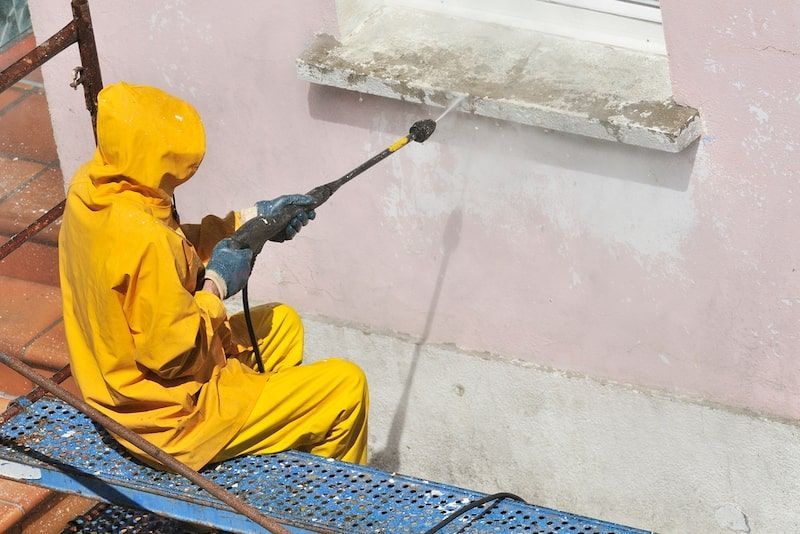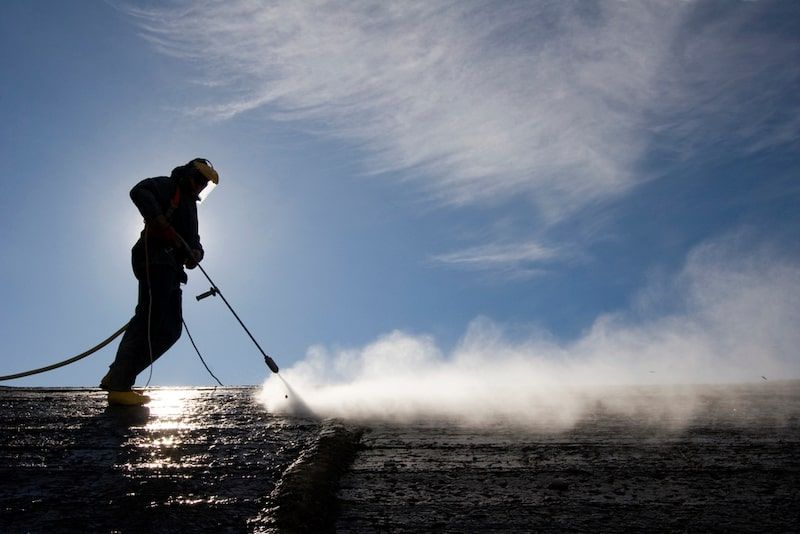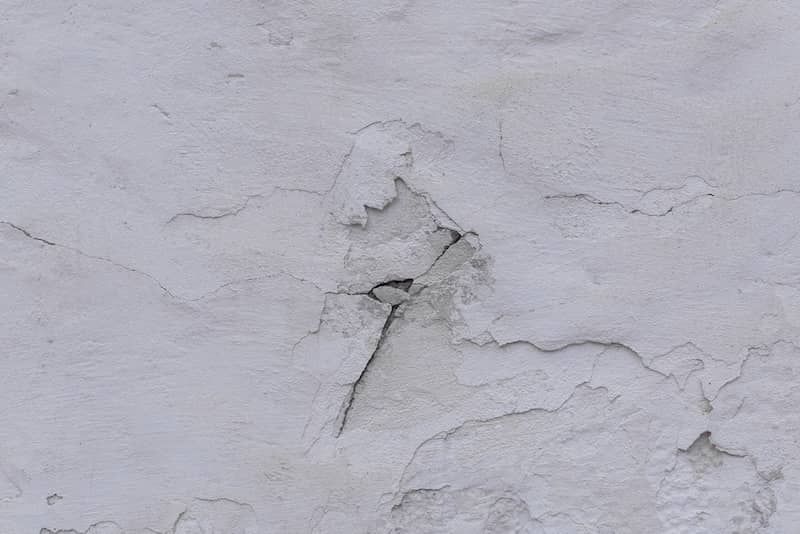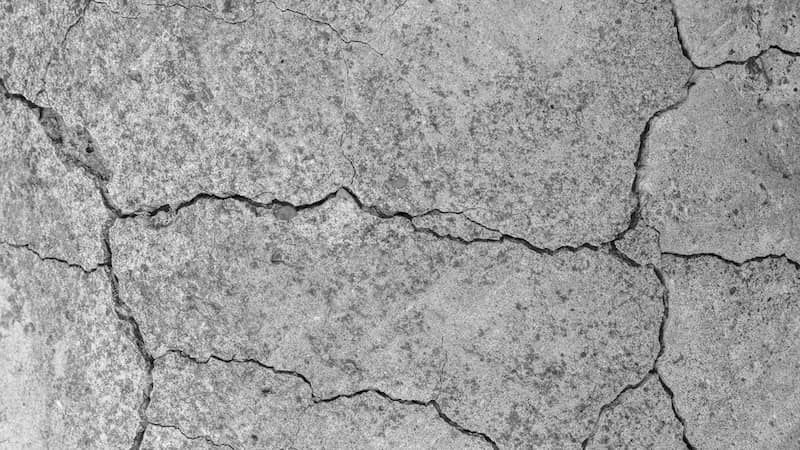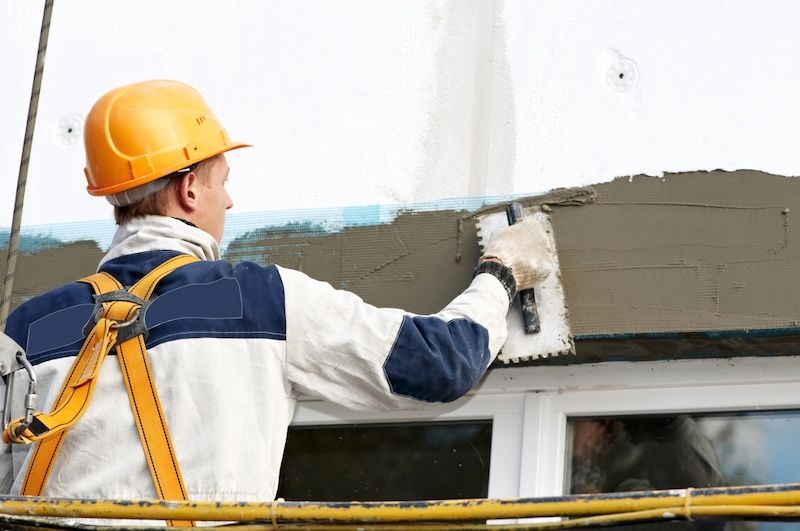Exterior stucco cleaning is essential to home maintenance, ensuring both aesthetic appeal and structural longevity. With their distinct textured appearance, a
stucco surface collects dirt, dust, and debris, sometimes even displaying mildew or algae growth and black stains.
While many homeowners like you might gravitate towards using a pressure washer for such tasks, it's crucial to exercise caution. An incorrect approach can lead to hairline cracks or more significant damage.
A gentle alternative often involves a soft brush paired with warm water and dish soap mixture. However, a concentrated stucco cleaner or a bleach solution might be necessary for more tenacious stains.
This guide aims to equip you with professional insights on how to clean stucco effectively, preserving the beauty and integrity of your home's exteriors.
Step-by-Step Guide to Exterior Stucco Cleaning
1. Inspection and Initial Cleaning Solution
Begin by inspecting your stucco surface for any hairline crack, stucco stains, or areas that may be cracked or chipped. If you notice any significant damage, it might be best to call a professional before proceeding.
For minor repairs, using exterior acrylic caulk can seal any imperfections. Once inspected, remove loose dirt, dust, and debris from the stucco using a regular garden hose.
2. Preparing the Cleaning Solution
For most stucco surfaces, a mixture of water and dish soap will suffice. Combine warm water with a few tablespoons of liquid dish soap. However, for stubborn stain or areas with mild mildew, a more robust solution might be needed.
A concentrated stucco cleaner from your local home improvement store, a homemade mixture of borax and dish soap, or a bleach and water solution can be used. Always wear rubber gloves when working with concentrated solutions.
3. Scrubbing the Stucco Surfaces
Using a soft bristle brush or a rotating brush attachment, gently scrub the stucco walls. Ensure that you scrub at a downward angle to prevent water from getting behind the stucco. This technique will help you effectively clean the stucco of any green algae, black stains, or other discoloration.
4. Pressure Washing to Stucco Surfaces
If you're planning to pressure wash stucco, it's essential to proceed with caution. Pressure washing can be very effective, but it's crucial to avoid too much pressure. Too much force can damage the textured surface of the stucco.
When pressure washing stucco, use a 65-degree nozzle tip and always spray at a downward angle. It's advisable to test a small inconspicuous area before pressure washing the entire stucco house to ensure you don't damage the surface.
5. Rinsing and Drying
After scrubbing and/or pressure washing, thoroughly rinse the stucco surface using a garden hose with a spray nozzle. Ensure that all cleaning solution residues are washed away. Let the stucco dry naturally.
6. Addressing Stubborn Stains
For persistent algae stains, signs of mildew, or an increase in algae, consider revisiting with a more concentrated solution or seek professional advice. In cases of calcium lime rust, specialized removers can be purchased.
7. Post-Cleaning Checks
Once your stucco walls have dried, inspect them again for any missed spots or areas that might need a touch-up. For painted stucco, ensure that the cleaning process has not faded or chipped the paint. If so, consider repainting or sealing the area.
Addressing Common Stucco Issues and Questions
When it comes to the maintenance of your home's exterior, understanding how to clean stucco exterior walls is vital. Stucco, a textured surface material, is not only aesthetically appealing but also offers durability.
However, like all exterior surfaces, stucco is susceptible to dirt, dust, debris, and stubborn stains like mold, mildew, and algae growth.
Cleaning stucco requires a slightly different approach than other surfaces due to its textured nature. While many homeowners might think of immediately using a pressure washer, there are nuances to consider.
Here, we'll delve into the most common questions surrounding exterior stucco cleaning, shedding light on the best practices to clean stucco ceilings and surfaces and maintain the luster of your stucco house.
Soft Bristle Brush or Pressure Washer?
Choosing the Right Cleaning Solution
The choice of cleaning solution can greatly influence how effectively you clean the stucco. A mix of water and dish soap is a mild option suitable for general exterior stucco cleaning. However, for more persistent stains like black stains or algae growth, a concentrated stucco cleaner available at home improvement stores can be a more potent choice. Always wear rubber gloves when handling concentrated cleaner.
For organic growth like mold and mildew, a bleach and water solution can be applied using a single pump sprayer. But, for homeowners who are hesitant about using bleach, a mix of borax and dish soap offers an alternative.
Dealing with Stucco Cracks and Damage
Stucco, despite its durability and appeal, is not impervious to the ravages of time and environmental factors. As the years pass, it's not uncommon for homeowners to observe stucco cracks or areas that have become cracked or chipped. Addressing these damages before initiating the cleaning stucco process is crucial, as water or cleaning agents can penetrate these vulnerabilities and cause further deterioration.
For minor imperfections, such as small hairline cracks, homeowners can often find a solution in exterior acrylic caulk. This flexible material contracts and expands with temperature fluctuations, ensuring the crack remains sealed and doesn't worsen with time. The application process is relatively straightforward, but it's vital to ensure clean stucco surfaces and dry before applying the caulk to achieve optimal adhesion.
However, when dealing with larger damages or more complicated issues—like deeper cracks, extensive chipping, or areas where the stucco layer has separated from its underlying surface—it's wise to consult a
stucco repair contractor. They possess the expertise to assess the severity of the damage and recommend the most effective repair methods. In cases where the structural integrity of the stucco is compromised, DIY fixes might offer only a temporary solution or even exacerbate the problem.
Trust Your Stucco Contractor for Expert Guidance on Exterior Stucco Cleaning and Repairs
